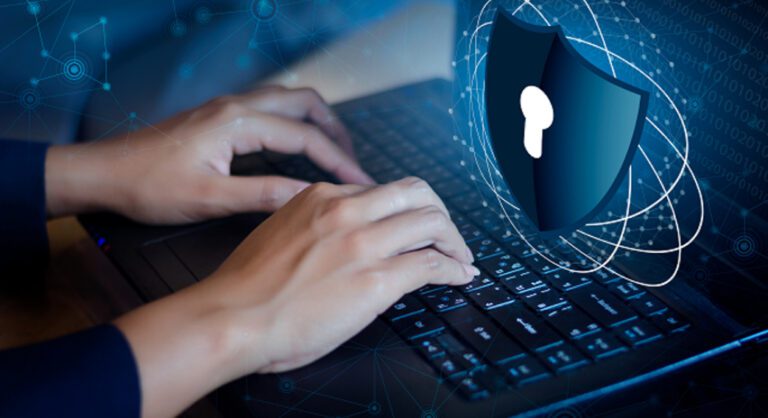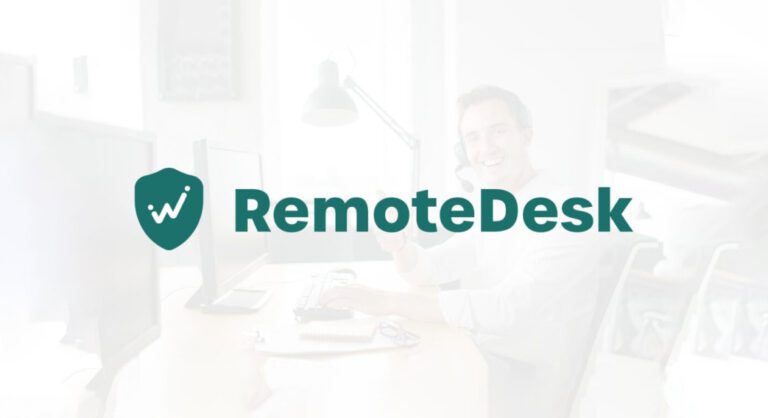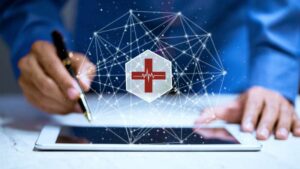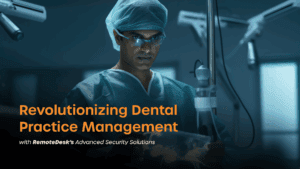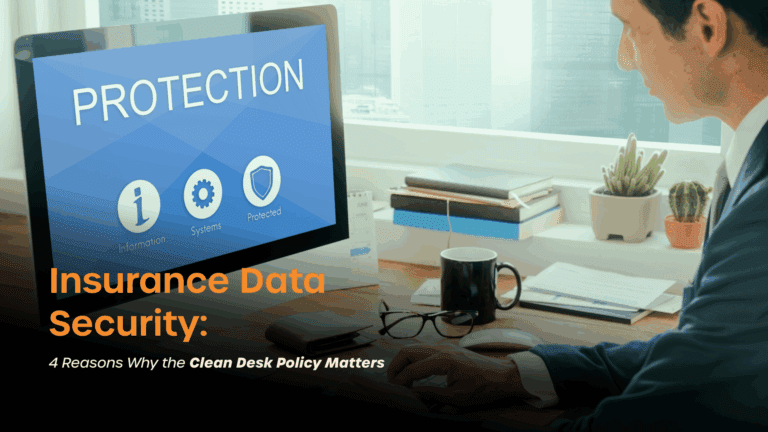
HIPAA Compliance Software for Remote Work: Safeguarding Patient Data
- Rajnish Kumar
- 6 Mins
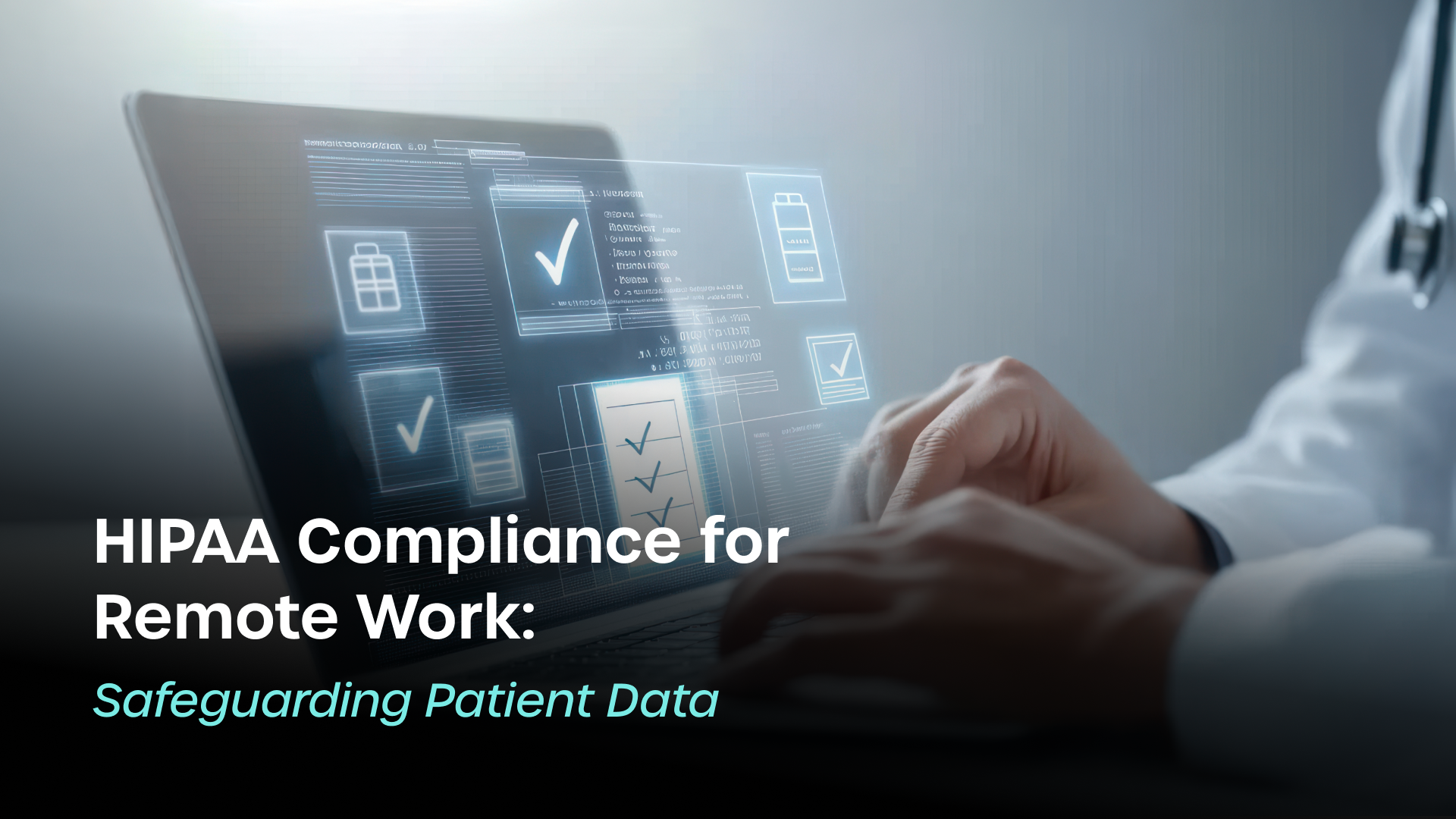
Summary
HIPAA compliance software with eDLP ensures patient data protection, compliance, and secure remote healthcare operations.
Protect Patient Privacy in Every Remote or Hybrid Work Environment
The rise of remote healthcare operations has transformed patient care but also raised serious concerns about data security. Doctors, nurses, and administrative teams can now access and share patient records from anywhere, making HIPAA compliance software essential to protect sensitive health information.
With employees working across multiple devices, networks, and cloud systems, a single lapse can trigger a HIPAA violation.
That’s why leading healthcare providers now rely on HIPAA compliance software integrated with healthcare DLP solutions and enhanced data loss prevention (eDLP) technologies to ensure continuous patient data protection no matter where work happens.
Why HIPAA Compliance Matters in Remote Work
The Health Insurance Portability and Accountability Act (HIPAA) sets strict standards for safeguarding Protected Health Information (PHI). But in today’s remote and hybrid environments, maintaining compliance is more complex than ever.
Without proper HIPAA compliance software, healthcare organizations face major risks such as:
- Accidental exposure: PHI shared over unsecured Wi-Fi or personal email accounts.
- Unencrypted file transfers: Sensitive records sent without proper encryption.
- Lost or stolen devices: Laptops and phones lacking endpoint protection.
- Weak access control: Too many users with unrestricted PHI access.
Each of these risks can result in hefty fines, legal penalties, and irreparable loss of patient trust.
That’s where automated HIPAA compliance software becomes indispensable.
How HIPAA Compliance Software Protects Patient Data
Modern HIPAA compliance tools automate and enforce data protection across remote systems — minimizing human error and strengthening operational compliance.
Here’s how it works:
1. Automated Policy Enforcement
Applies HIPAA rules across all apps, devices, and communication channels — ensuring PHI never leaves secure environments.
2. Real-Time Monitoring with Healthcare DLP
Detects and blocks risky actions like unauthorized downloads, copying files, or accessing PHI from unverified devices.
3. Encryption & Access Controls
Encrypts data both in transit and at rest while restricting access to authorized healthcare personnel only.
4. Comprehensive Audit Trails
Every data interaction is logged automatically, enabling audit-ready compliance reports for internal and external reviews.
Why eDLP Is Critical for Remote Healthcare Compliance
Traditional DLP tools only detect possible data leaks. Enhanced Data Loss Prevention (eDLP) takes it further — actively preventing data exfiltration before it happens.
eDLP ensures that:
- Sensitive patient data never leaves approved systems.
- Unauthorized users cannot share or download PHI.
- Compliance teams gain real-time visibility into all user activity.
- Security policies stay consistent across all remote devices.
This powerful combination of HIPAA compliance software + eDLP creates a secure, compliant, and fully auditable environment for modern healthcare operations.
Common Remote Work Scenarios That Risk HIPAA Violations
Even well-intentioned staff can make mistakes. Without HIPAA compliance tools in place, risks include:
- Telehealth sessions conducted on non-compliant platforms.
- Emails or reports sent to the wrong recipient.
- Patient data uploaded to public or personal cloud drives.
- Home devices used without security monitoring.
HIPAA compliance software with healthcare DLP detects, blocks, and logs such activities — preventing violations before they cause damage.
Benefits of HIPAA Compliance Software with eDLP
Healthcare providers using this integrated approach gain:
Continuous Compliance – Automated enforcement of HIPAA rules.
Enhanced Patient Trust – Strengthened confidence in data privacy.
Reduced Human Error – Prevention of accidental PHI disclosures.
Faster Audits – Instant access to detailed compliance reports.
Secure Remote Work – End-to-end protection for distributed teams.
Building a Compliance-First Healthcare Culture
Technology alone isn’t enough — people must understand and support compliance.
Healthcare organizations can reinforce a compliance-first mindset by:
- Conducting regular HIPAA training for remote teams.
- Enforcing multi-factor authentication and password hygiene.
- Using healthcare DLP for secure data transfers.
- Reviewing compliance dashboards regularly to identify risks early.
When employees and systems work together, HIPAA compliance becomes seamless, not stressful.
The Future of HIPAA Compliance in Remote Healthcare
Telemedicine, cloud-based EHR systems, and hybrid healthcare models are here to stay. The next generation of HIPAA compliance software — powered by AI and eDLP — will deliver predictive security, adaptive compliance, and intelligent automation.
Healthcare organizations adopting these solutions today are setting the foundation for a secure, trusted, and compliant digital future.
Conclusion
Remote and hybrid work have redefined healthcare — and protecting patient data is more critical than ever.
By combining HIPAA compliance software, healthcare DLP solutions, and enhanced eDLP monitoring, healthcare providers can:
- Prevent data breaches,
- Stay audit-ready,
- Build lasting patient trust.
Because in modern healthcare, compliance isn’t just a regulation — it’s a responsibility.
1. What is RemoteDesk?
2. How does RemoteDesk ensure compliance with regulations like PHI, HIPAA & PCI DSS?
3. Can RemoteDesk integrate with our existing security and productivity tools?
4. How does RemoteDesk handle remote and hybrid workforce management?
5. What types of analytics and reporting does RemoteDesk offer?
Get Started Today
Sign up in minutes. Secure your remote
workforce with confidence.
See how RemoteDesk makes compliance and data protection effortless.


